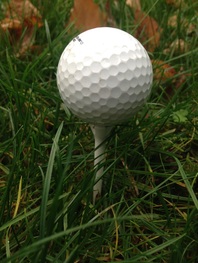 Does this sound like you... You drive to the golf course, take your clubs out of your car and pay your greens fees. If your lucky you have a few minutes to hit a few putts and maybe take a practice swing or two. Then, you hear your name over the loud speaker and you are next on the tee. Now you're off to go enjoy a round of golf, or try that is. Other than the first four or so shots it takes you to get your swing down. Or the sore back that always seems to creep up by the 15th hole. I would argue that if you took a different approach and did this simple FREE 7-Minute Golf Warm Up, you would have a much better experience out on the golf course. How can I make such a bold claim? Because the principles in this warm up are based off of a simple model of anatomy, physiology, swing mechanics and many many rounds of self experience. Simply pull up to the golf course like you otherwise would and instead of rushing over to the putting green, follow the simple steps to warm up your muscles, joints and connective tissue as well as prep your neurological system for controlled, consistent motion to help protect your back and improve the consistency of your swing. Seems simple right? Well, it actually is pretty simple, and if we dive in a little deeper to see the reasons why I have chosen this specific set of movements, exercises and positions, things become even clearer. I believe we can break down the concept of a good warm up for golf into 4 specific categories of goals. 1) Start with increasing systemic blood flow which will help to increase body and tissue temperature. This increase in body and tissue temperature is important for shifting blood flow away from your organs and into the working muscle tissue. This not only helps prepare for activity but allows improved tissue extensibility as well as improved oxygen supply to the muscles. This can be done with a number of different exercises including but not limited to jogging in place or walking around your car or the practice ares, or doing some dynamic stretches to name a few options. 2) Increase blood flow and neuromuscular awareness to specific muscles that control your major joints including hips, shoulders, and spine. This is important for getting your body out of the patterns of daily movements and positions that are adapted during work, driving, sitting, and repetitive tasks. You want to break out of these potentially poor patterns before trying to add additional stressors including the rotational movements of your golf swing. This can be done with focused controlled motions like bodyweight squats, lunges, push ups, rows, and side stepping to name a few. 3) Take your joints through their full Range of Motion (ROM). This includes shoulders, elbows, wrists, hips, knees ankles and spine.
This is very important to ensure that you start each round of golf with access to your full ROM at each joint before adding additional stressors or movement patterns like your golf swing. This can be done with movements like, full depth bodyweight squats for hip, knee and ankle ROM as well as shoulder pass throughs and around the worlds with a dowel as well as leg swings to name a few. 4) Prepare movement patterns that are specific to your golf swing. This is primarily focusing on the neuromuscular connection and awareness. This is how you can continue to refine a skilled movement pattern like your golf swing as well as prepare your body to go through specific motions and movements . This should be done by slowly working into your golf swing and creating slow, controlled, exaggerated movements that allow you to practice using the proper muscle that create your swing. Make sure that before you go out for your next round of golf you have a warm up that covers the 4 principles above and if you don't, check out my FREE 7-Minute Golf Warm Up where I have created one for you.
0 Comments
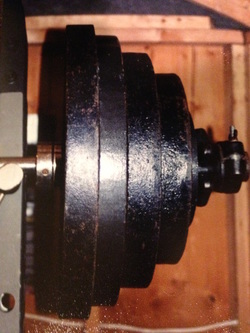 There are a few important things to consider when looking to hire a personal trainer. Some of these are more obvious, like checking there if they're certified or not and what their experience level is. Other things are not as obvious, such as training methodology, background and understanding of anatomy and physiology as well as injury prevention. I believe the first question you need to ask yourself is, why do I want to hire a personal trainer? There are many reasons why it is beneficial to work with a trainer such as accountability, safety, injury prevention, to learn movement skills and more. But, I believe it is important to figure out what your reasons are before beginning in order to ensure you find the trainer that fits your needs and goals. For a lot of people, the reason they want to hire a personal trainer is because; they know they need to get involved in more activity, exercise, stretching, weightlifting and more, but are not sure where to start. This can be due to a lack of experience or simply intimidation of not knowing how to use exercise equipment properly, and not wanting to get hurt while figuring all this out. These are valid concerns and great reasons to hire a trainer but unfortunately, not all trainers are created equal. Now that you have decided that you want to work with a trainer, it's time to start the search to fill that need. The first thing you will begin to notice when looking around at different trainers, is there are many types of certifications and different letters after people's names. This in and of itself can be confusing on which credentials are valid and hold more weight than others. One of the problems with personal training as an industry, is there are a lot of different certifications. Some of which can be obtained through the internet without actual training experience. Others however require lots of studying of specific information like anatomy and physiology and challenging tests to ensure that safety and knowledge is the top priority. The most commonly accepted certifications that are accredited and require testing and valid understanding of safety as well as anatomy and physiology are as follows in no particular order. CSCS Certified Strength and Conditioning Coach, ACE American Council on Exercise ACSM American College of Sports Medicine NASM National Academy of Sports Medicine This list does not include all of the good certifications, because there are many out there. These are however, the most commonly accepted at national gyms and universities and require testing to obtain as well as continuing education. The next thing that you want to check about a potential trainer is if they have experience with the goal that you are trying to obtain. For many people, this is simply improving their health status, getting stronger, losing weight, improving their flexibility and just feeling better overall. I believe most qualified trainers can help with these goals. When you find a trainer or two that meet your specific requirements, it is now important to dive in a little deeper to find out which of these will work best with you. The next attributes you should be looking for is, experience and specific methodology of training. This simply means, what types of exercise or equipment does the trainer use and why. There are many many many approaches to this and most are great. But again, the goal is to find someone that works with your specific goals and can align their training approach to what you are trying to get out of the training sessions. The final and I believe most important aspect of finding the right trainer for you is, do they practice what they preach? This to me seems very obvious of an attribute to check, but I see this getting missed a lot. Now, this is not to say that every personal trainer should be a top-level bodybuilder or should have super low body fat. What I simply mean is, does this trainer practice the exercises or their training methodology on themselves or do they teach one thing and do something different with their own approach to training, health, fitness and wellness. If not, I see this as a bright red flag and a great warning sign that this may be the wrong trainer for you! Why is this such an important aspect of a good trainer? Consider the following question. Would you take Financial advice from someone that is broke? How about health advice from someone that is sick and a smoker? I think your answer to these is the same reason why you want to work with a trainer that practices what they preach. 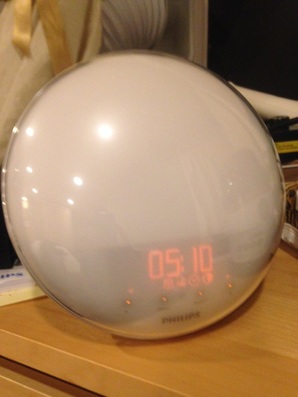 If you look at most successful people, one major thing they have in common is that they think about their time differently. This is seen most often when looking at successful people's morning routines. One thing that seems to be almost a rule across the board, is that successful people wake up early. I believe it is not just about getting up early that allows you to be successful, it's about using that extra time that you create for yourself, to be productive for yourself. This, is why I think it's important that you optimize your mornings and figure out a routine that works best for you. There is a great quote by Jim Rohn, which says, “Learn to work harder on yourself than you do on your job”. I believe that waking up early with the intent to work hard on yourself first, before you get started on your job is what will start to set you apart from others. There is a lot of value in finding routines in general, especially because most of our days are made up of routines whether we choose them or not. If you think about the variety of food that you eat over a month, you tend to see that there is not much variety at all. You often get in a routine which is the result of default decision making that is based on what you did yesterday or the week prior. This default “decision” takes place of an actual decision rather than taking a step back and looking at all of the available options and reasons why you may choose one thing over another. Now, looking at your whole life this way can be daunting at first. This is why I think it's important that you take one aspect at a time to try and optimize. Practice that for a while until you become really good and consistent at that modification, then add the next step in. For me, the first thing I have been trying to optimize has been my morning routine. This has been my current morning routine for the past 10 months. The more days that I am consistent with my routine, the happier I become and the easier it gets. Most of these things that I'm about to talk about, I started about 10 months ago. There has been a few additions lately though, that I think are very valuable and will talk about those as well. My morning starts at 5 a.m. when I am gently awaken by a progressive sun simulating light, The Philips Wake Up Light. This light does a great job to wake me up, which has surprisingly been a nice change to the blaring radio alarm. This even feels like an upgrade from having a vibrating wristband like the Fitbit or Microsoft Band, which was my prior method of awakening. The light has a nice subtle way of letting you know that it's time to get up, without a physical or audible jolt first thing in the morning. For me, this removes the feeling of being stressed out as soon as I wake up. Once I am up out of bed, my body tells me that I need to use the restroom. I believe this is partly because our physiology becomes influenced by our routines, therefore our body knows the signaling of when to do things like the restroom. Also, I tend to eat dinner that includes high dietary fat content. This has an added benefit of keeping me regular, (ie consistent bathroom usage) and the morning time tends to be when that all gets resolved. While I’m using the restroom, I start our Infrared Sauna, to allow it to warm up to our current temperature of 140 degrees fahrenheit. 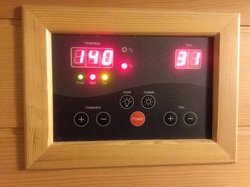 I sit in the sauna with my girlfriend for 30 minutes every morning. During this morning sauna, it is a great opportunity to practice breathing techniques. Specifically, diaphragmatic breathing and Wim Hof breathing, which are two breathing techniques that I've been utilizing more and more to try and minimize stress responses during activities. This has also helped me to have better control over my agitation and bouts of anxiety. This is also an opportunity for my girlfriend and I to write in our morning 5 Minute Journal. This has been a great part to the start of our day with purposeful thinking and a clear direction to focus on after leaving the sauna. We then have a traditional morning beverage that consists of, half of a lemon squeezed in a glass with about 1 to 2 tablespoons of apple cider vinegar, and filled about halfway up with cold water.  I have nicknamed this my morning “Gut Drink” and there are many reasons why I choose this to start my day. Most of all, it just helps me to feel energized and feel better throughout my day. After my morning Gut Drink, we have either tea or coffee. Lately, we have been drinking tea during the week and coffee on the weekends. This has been a nice schedule and makes me look forward to the mornings for this delicious drink. Our coffee is Bulletproof Coffee and yes we use the Bulletproof brand coffee beans. With this being said, it is important to mention that being a bit of a coffee snob and living in Seattle, I have ample choices of tasty coffee. I have also worked at a coffee shop and done many coffee tastings in the past. With all of this coffee experience I can honestly say that this is one of the best, if not the best tasting coffee I have ever had. There are also the added benefits of being third-party tested for toxins and molds. I believe this is worth the investment, especially if you rotate it with tea or other beverages throughout your week. Also, if you are only are drinking one cup of this per day, I believe it is worth the cost. 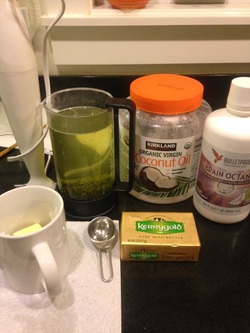 Other important components of our morning tea or coffee include, 1 tablespoon of Kerrygold grass-fed butter and lately we've been adding about a half a tablespoon of coconut oil and a half a tablespoon of Brain Octane C8 MCT oil. This is a full-fat beverage that allows both myself and my girlfriend to stay satiated and energized well through the morning until lunch time. After the coffee/tea is consumed depending on the day I make my way to the gym for a workout the specifics of the workout change Daily but they do always consist of positions and movements that take my body through ranges of motion that I don't get at my job or throughout the rest of my day my workouts last anywhere from 20 minutes to 45 minutes then I have some time to read right and think. I finish up whatever else I need to before heading to the shower to get ready for work. While I'm showering, I begin with nice warm water and slowly bring the temperature down as I’m working my way through my shower. I finish with cold water where I also focus on breathing which helps me to tolerate the cold. While brushing my teeth, I keep a Phillips Go Light on my counter which gives me the a bright blue light. I have found this to be helpful to fully awaken in the mornings, especially in the fall and winter in Seattle, where it can be dark most of the day. After all of this, I am now ready to face the day! |
Author : Jordan ProudfootHere are my thoughts and insights into fitness and wellness to be the best you possible. Archives
February 2019
Categories
All
|
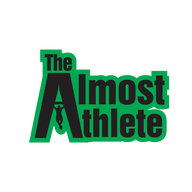
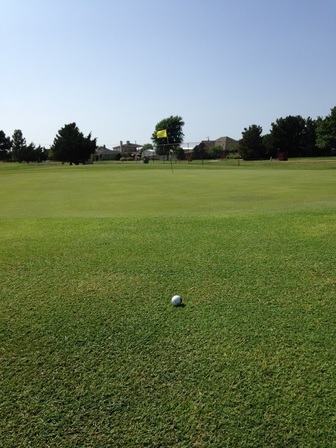
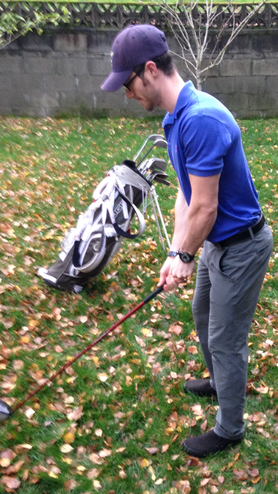
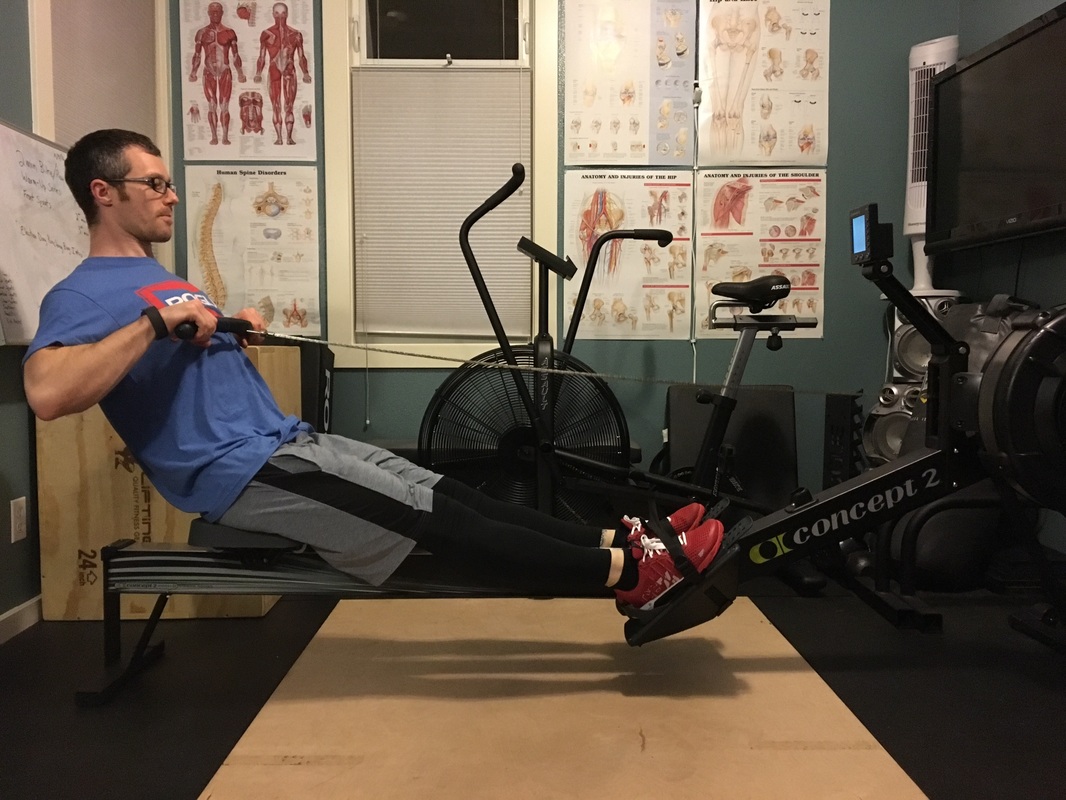
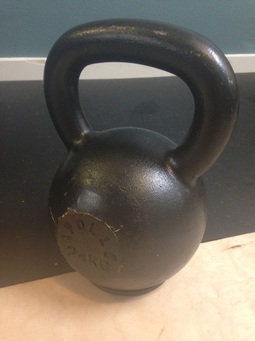
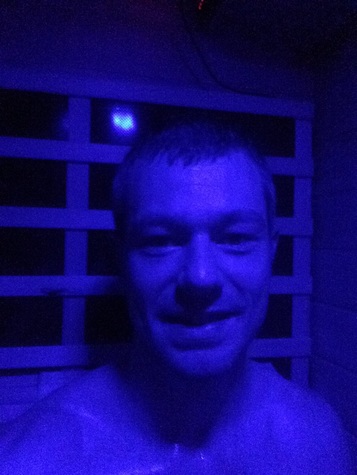
 RSS Feed
RSS Feed
